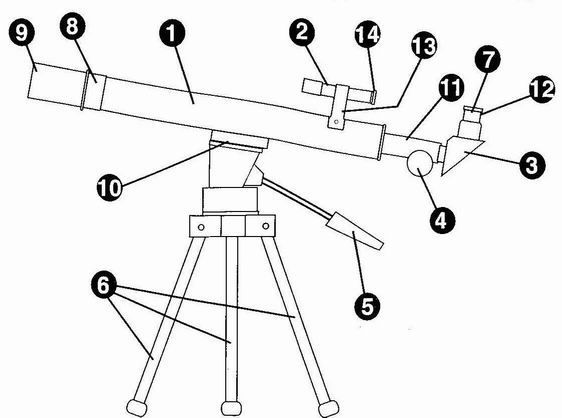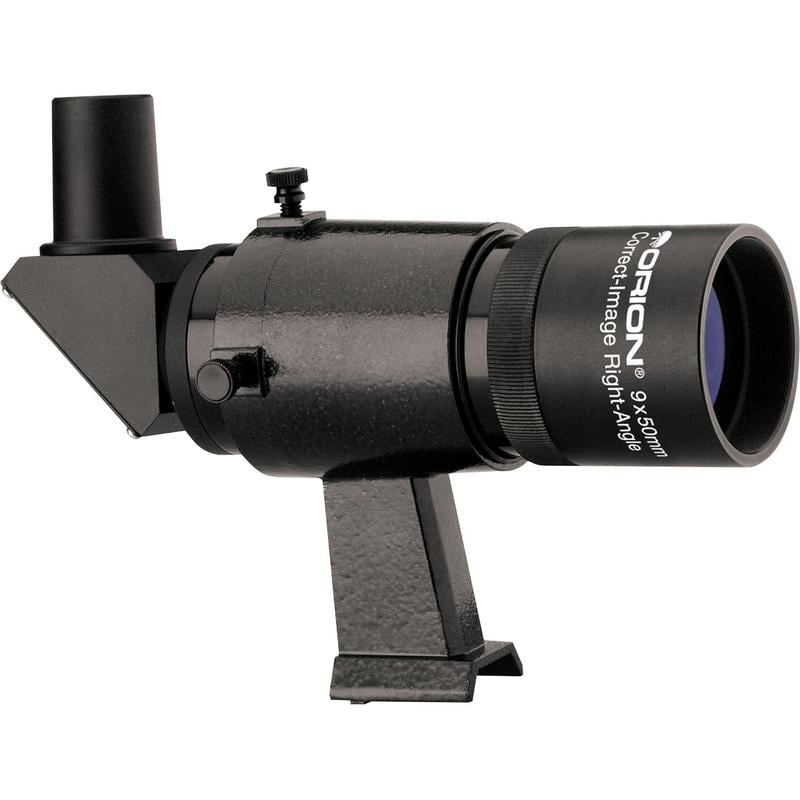

In the 1970s and 80s a row of LEDs beside the finder image was common as scale showing the (proposed) shutter speed or a match-needle metering instrument replacement.įinders of modern SLR cameras view through the taking lens and are completed with a pentaprism plus ocular or a mirror system plus ocular. Other information might be mirrored into the viewfinder or shown in an LCD section in the frame around the viewfinder image. Nowadays a green LED is standard that's on when the autofocus finished focusing. Since 1960 several kinds of indicators were developed, the first were red/green indicators for correct- or under-enlightenment in the early cameras with selenium-meter controlled exposure. In most of these cases a so-called "bright frame" or "bright line" in the viewfinder indicates the expected exposure frame. Modern viewfinders show more than the expected image. This can be corrected by moving the ocular slightly, or by some other provision to help make the finder image and taking lens image similar. Parallax error is due to the fact that an optical system positioned parallel to the camera optics never gets the same image as the camera lens for close subjects. More sophisticated are also viewfinders with superimposed rangefinders, and those with parallax correction. Modern zoom finders might be more sophisticated.

These finders belong to the "reverse Galilean" or "Newton" type. The viewfinders' "telescope" optics are often more like reversed telescopes, giving an image of reduced size. In older cameras the finders might consist of only the front lens and the ocular lens. Since the 1950s these viewfinders were more and more integrated into the camera bodies. Other optical viewfinders of old cameras are placed upon the camera top as small rectangular "telescope". Together they are the class of waist-level finders (or chest-level finders, such names resulting from the height in which a camera is held when the finder is used). All these finders are to be viewed from above. Thus a TLR finder is almost like a camera obscura. TLR cameras have a bright reflecting type finder with its own focusable lens, a "twin" of the camera lens, combined with mirror and matte screen. Before exposure the mirror is lifted so that the light coming from the image subject through the lens can pass towards the image plane where the focal plane shutter allows the exposure of the film for an instant. Old SLR cameras have a bright reflecting type finder with matte screen that uses the same lens as the camera uses for exposures. A special version was the Sellar finder which consisted just of a concave mirror with targeting aid. An older version was the small cubic Watson finder with lens and mirror as in the brilliant finder, but with a hooded matte screen for viewing the finder image.

The brilliant finder is the most widespread of such finders, a combination of a lens, a mirror at a 45 degree angle behind that lens, and another lens at right angle position to the first one to view the mirrored image from the top. It is not very reliable but easy to add to a folding camera's front standard or folding bed, or into the housing of a box camera. In antique cameras the reflecting type viewfinder is the most common means of image preview.


 0 kommentar(er)
0 kommentar(er)
